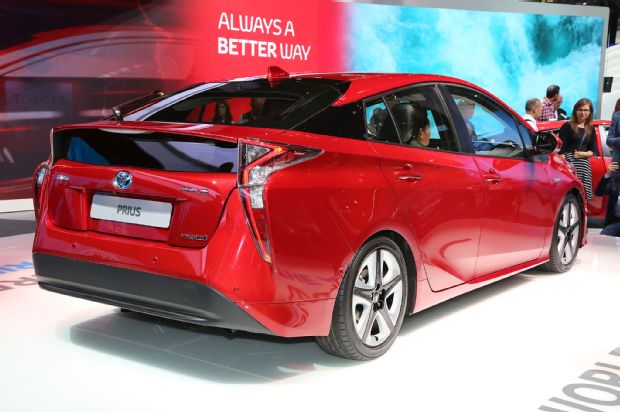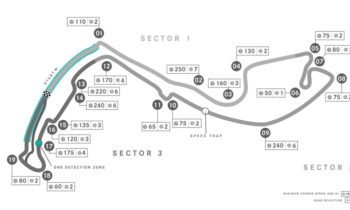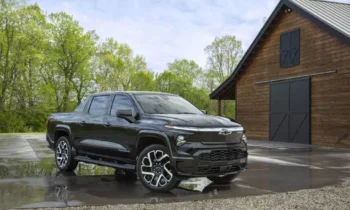Toyota introduced a plan to reduce their environmental footprint in the coming years, with some plans aiming as far ahead as 2050. The complex plan contains outline of six individual challenges, each with their own goals and solutions. The biggest implication of this is to dramatically reduce the prevalence of traditional gasoline-combustion engines, and pursue lower emissions from the manufacturing process all the way through vehicle recycling.

The second challenge is tied directly to the emissions-reduction initiative, with Toyota planning on eliminating carbon dioxide emissions from their manufacturing processes and materials. A push to use more bio-degradable materials will emerge as well.
The third challenge is ambitious, as Toyota intends to reduce carbon dioxide emissions from assembly plant down to zero by 2050. The initial target is to cut manufacturing emissions to half of total emissions emitted back in 2001 by the year 2020, decreasing to a third of 2001’s emissions by 2030. Toyota claims the zero-emissions target can be met using hydrogen-based power generation for production lines, alongside wind-generated power for the Tahara plant by 2020.
The fourth point in the environmental plan focuses on Toyota’s water usage. An emphasis will be put on water recycling, with re-usage of wastewater and the collection of rainwater. In addition, Toyota aims to have wastewater exiting the manufacturing plants to be cleaner than local river water.
Toyota looks to increase end-of-lifecycle vehicle recycling, with many of the resources harvested from older vehicles going back into new vehicle production. Toyota hopes to establish 100 dismantling factories around the world, with the first established in Beijing in 2014.
For their final green initiative, Toyota wants to foster community growth and environmental restoration. They look to plant a total of 8.6 million trees in China, as well as offer grants to “like-minded organizations around the world.”



